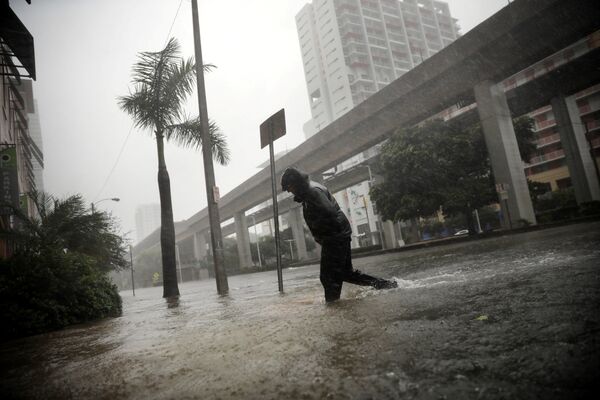The so called National Debt Clock – a billboard-sized display installed on the side of a building in New York City, which shows a constantly updated tally of the current United States gross national debt and each American family's share of the debt – was removed after the US national debt hit the historic $20 trillion mark on Friday, September 15.
She noted that while US President Donald Trump said on numerous occasions that the national debt needs to be decreased, the losses from Hurricanes Harvey and Irma that fell upon the United States in 2017 have reached about $300 billion so far, forcing Congress to cooperate with the president and temporarily raise the debt ceiling.

"Essentially the tempest that fell upon the US coastal cities saved Trump from the shutdown – a suspension of government agencies’ operation due to the lack of funding," Golovanova said, pointing out that the US federal government shutdown of 2013 nearly resulted in a technical default.
She also added that while the clock was officially removed in order to modify the display, the US may need to spend at least "half a trillion dollars" to deal with the aftermath of violent storms and hurricanes that hit the country this year.
"Considering the fact that the US does not intend to liquidate its federal debts, the new debt clock should probably be a bit wider. Because there’s nothing more pleasant than borrowing from yourself; you can always come to an agreement with yourself," Golovanova surmised.


